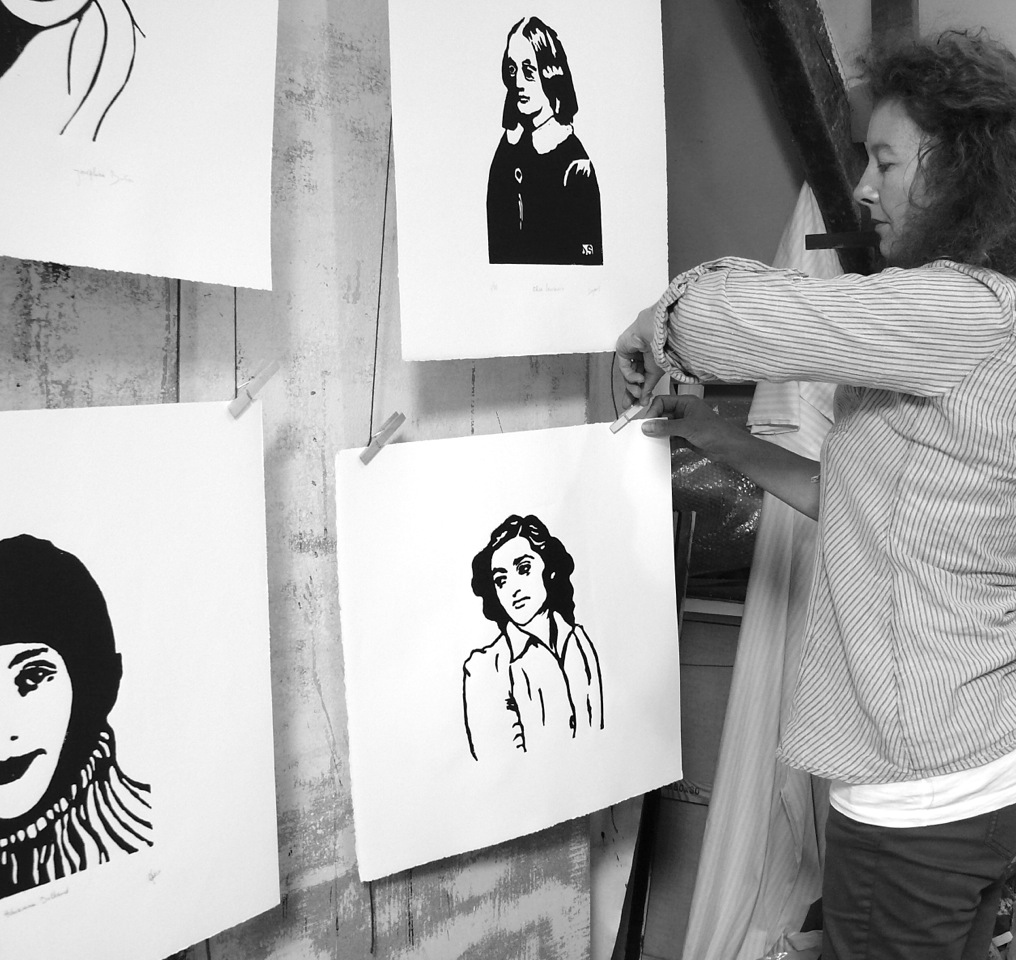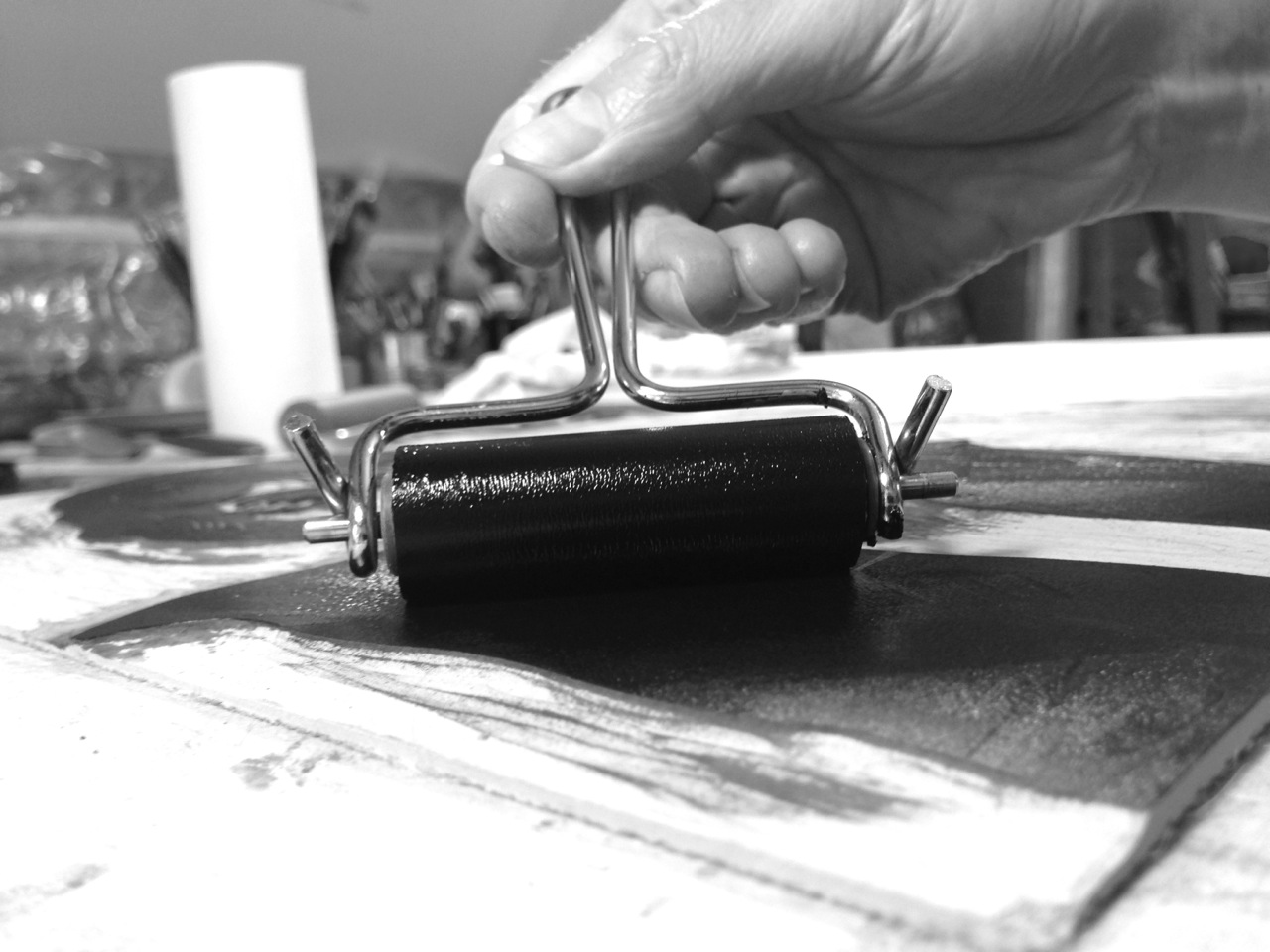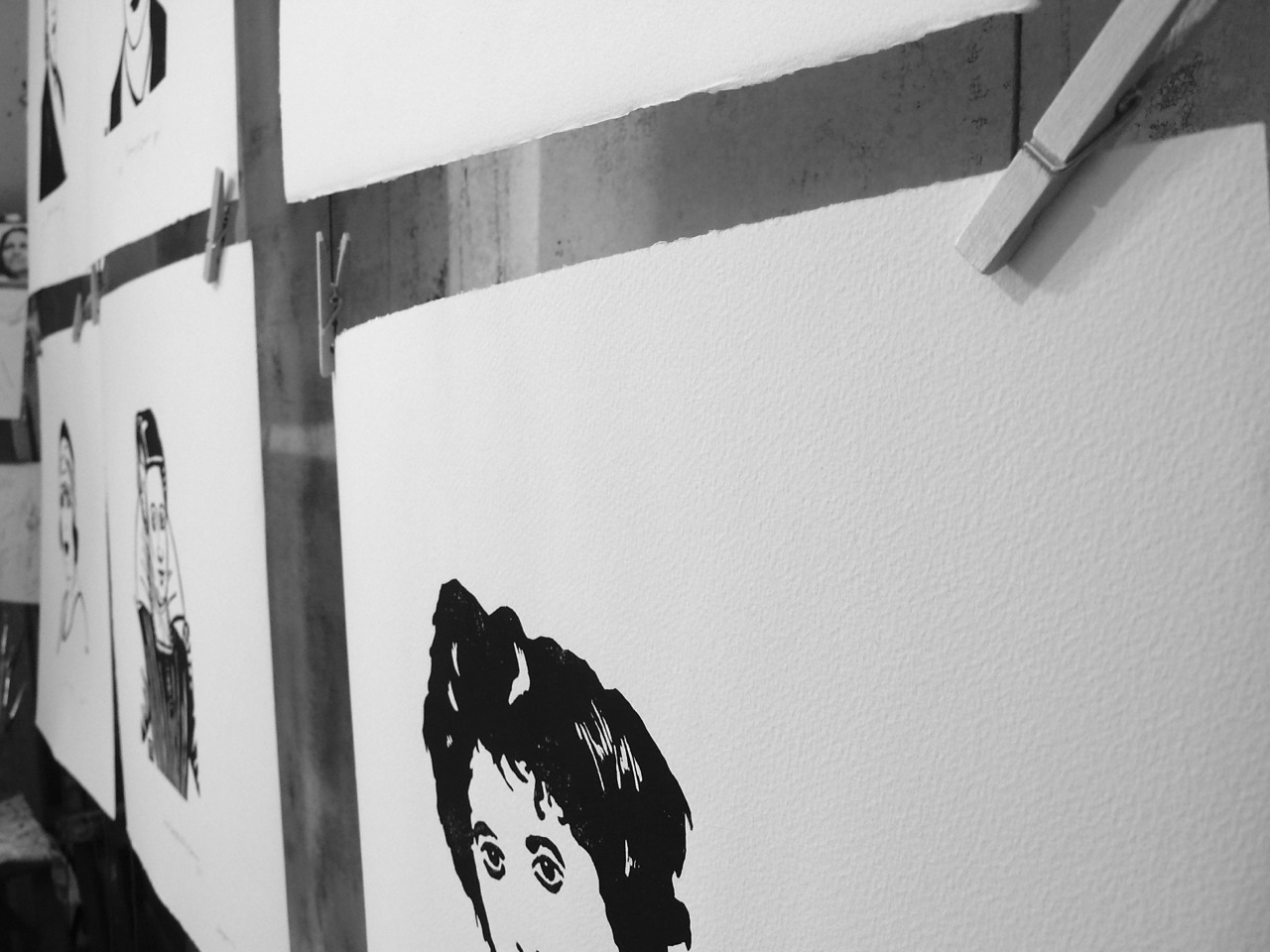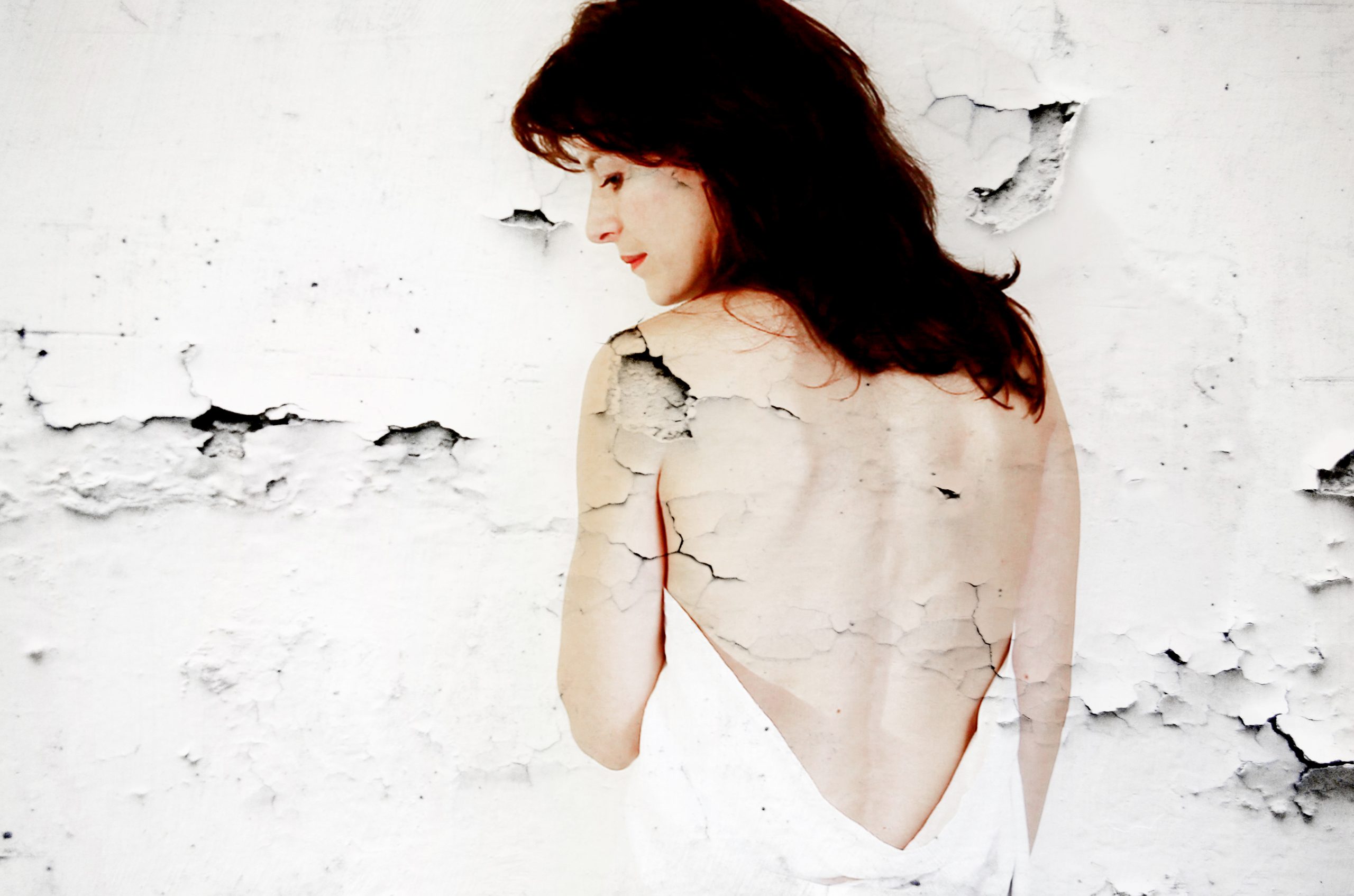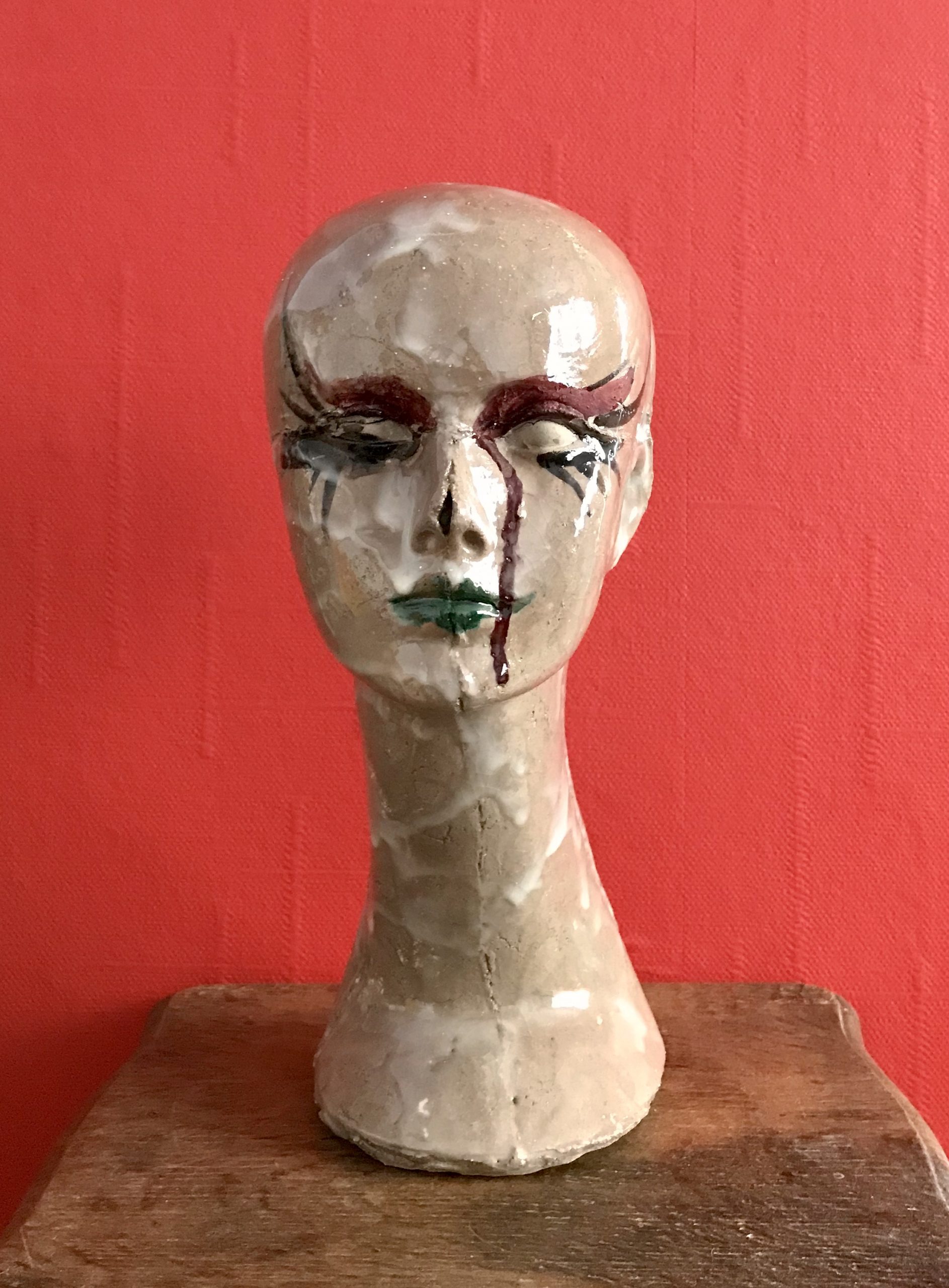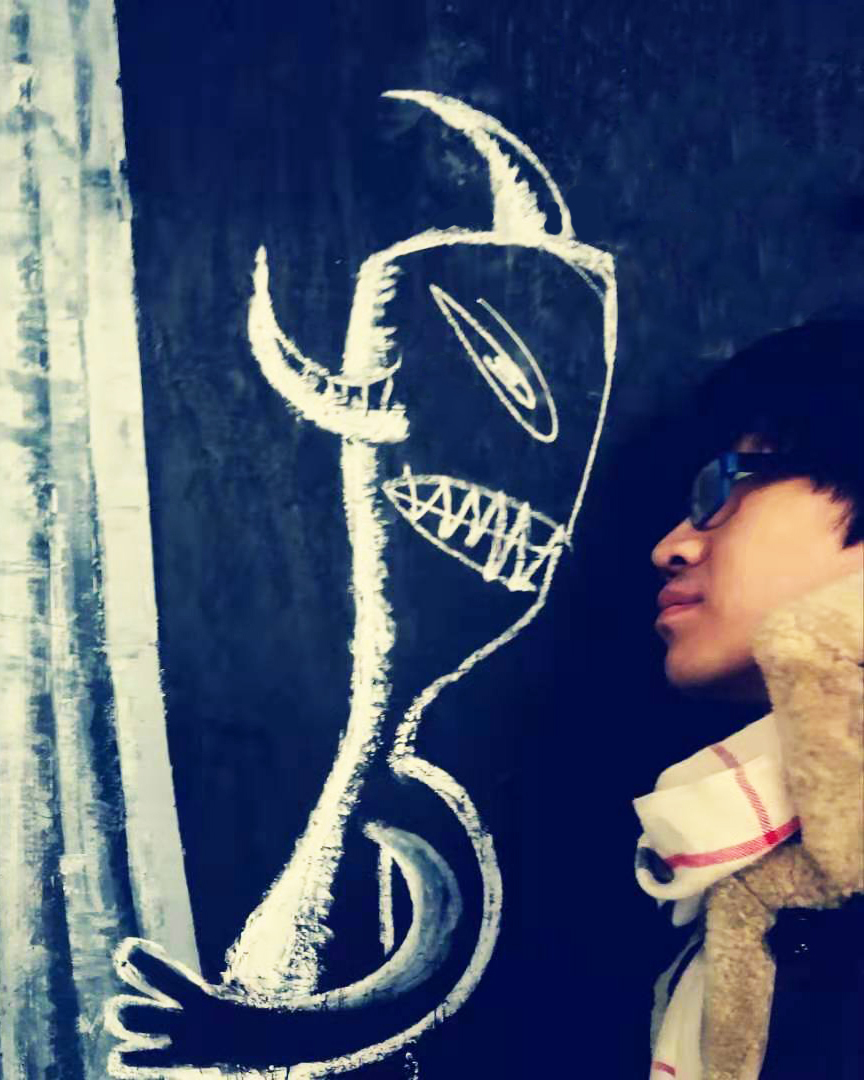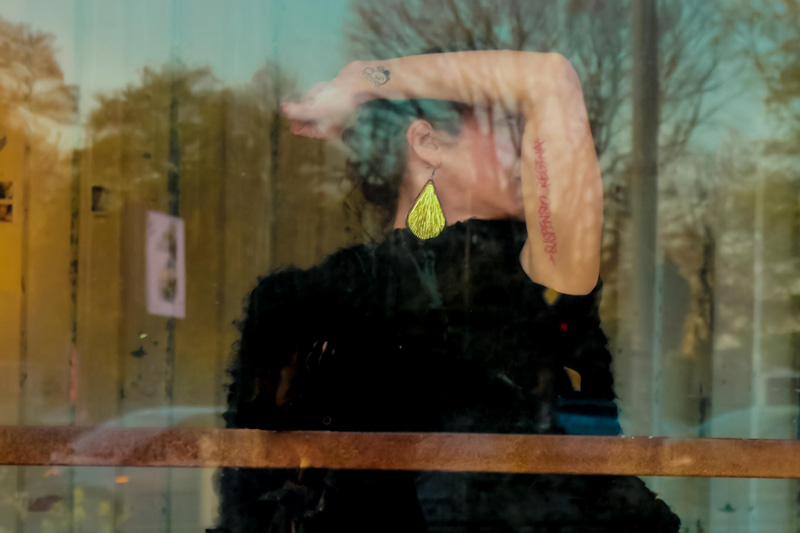Grâce à elles (Thanks to them) is a project that aims to put the spotlight on women and their mark on history.
The project consists of a touring art exhibit that showcases the work of Sophie Degano in France and abroad, which is completed by a book.
Sophie Degano has etched 60 portraits of women, now deceased.
She chose this particular technique to “engrave” their names into memory. The Linocutting offers a flexible result, and is both soft and powerful thanks the big strikes of black inking. Each piece is unique and has been handprinted in 25 copies.
Based on an actual representation (painted portrait or photograph) of the subject and then reinterpreted, each piece has been made to bring out the essence of each woman, be it their strength, bravery, determination, sweetness or humanity.
This artistic gesture is in tribute to those who have invented their own lives and forever changed ours.
The touring exhibit presents women from the 12th to the 20th century, all from different social backgrounds. They are businesswomen, artists, sportswomen, scientists, authors or Resistants. Most of them are self-taught. Some were married, some were not, some gave birth and some claimed their rights not to. They are free in their sexuality, live alone, in couple, are straight, gay or bisexual. These are women who have bravely got over the fear of the unknown. They have made choices and confronted public opinion. They have fought against discrimination, revolted at injustice, acted for their ideas, Grâce à elles is really about just that: fighting for ideas.
The project also aims to question the public about the subjectivity of History. Because History was, after all, written by men who consciously erased women, even when they 3are the building stones of it through religion and family. How can women build their own identities when they are themselves being erased from the history of their country? Why, in this day and age, only 5% of texts studied in schools are written by female authors?
The exhibit is a way of debating with the public about women’s place and roles in the past, present and future society. It is meant to inspire through the portraits of forgotten women, made to reveal new role models for future generations. The portrait gallery opens a discussion about History, women’s conditions, matriarchy, but also the national and local heritage of history. It treats of art and culture but also of equality and struggle against discriminations.
